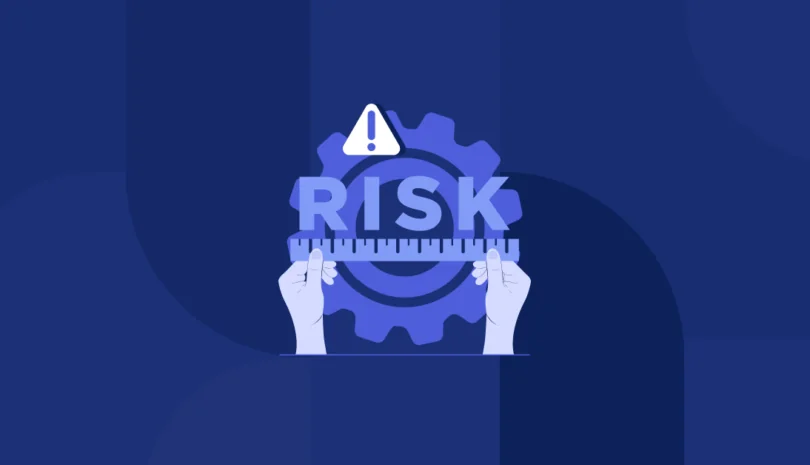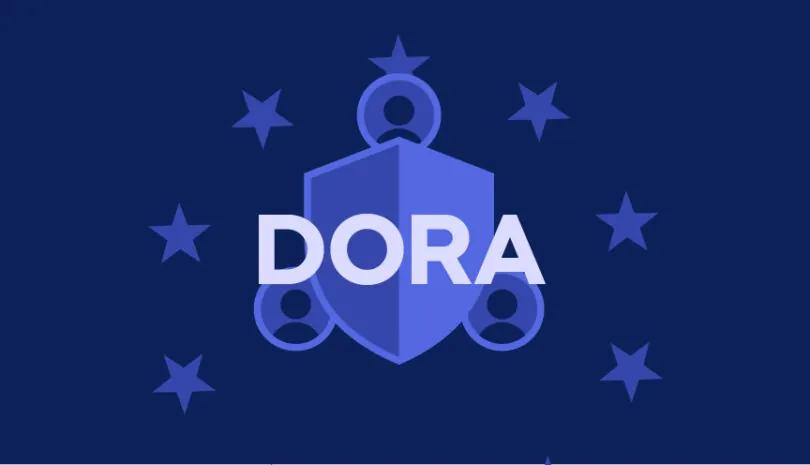Understanding the Power of GRC Cyber Security Functionality
Cyber Security is an integral aspect of effective risk management within organizations, which leads many to try to use their existing GRC platforms to support it. Understanding how this essential process works within Governance, Risk, and Compliance (GRC) tools by definition means we must delve into how these powerful systems operate. These tools, in their breadth and depth, are like B2 bombers: massive, powerful, and stealthy. They can handle a significant payload and are especially adept at addressing a broad spectrum of risk across an entire organization. Indeed, a typical GRC tool can measure and report on strategic and operational risks, with third-party risk being just one example of the many types of operational risks it can handle.
However, much like the B2 bomber can’t maneuver or attack like the F22, a GRC platform can’t handle certain cybersecurity challenges as effectively as specialized tools designed for third-party security risk management.
The Limits of GRC Tools in Managing Third-Party Security Risk
In the realm of GRC Cyber Security, it’s important to understand that the vendor risk module in a GRC tool, akin to a B2 bomber, offers a solid framework for assessing inherent and residual risks, but falls short in handling the dynamic, real-time nature of cybersecurity threats.
GRC tools, primarily designed for broad risk assessment and reporting, struggle with real-time risk management. While they may offer a robust framework to address risk, they can fall short when it comes to the specifics of cybersecurity risk management. These tools may not always meet the legal and regulatory requirements specific to cybersecurity, and their ability to handle the real-time dynamics of cybersecurity governance might be limited. The ongoing intelligence collection is essential for effective cybersecurity and is challenging to achieve with a GRC tool alone. Its risk mitigation efforts are commendable, but the real-time response remains elusive.
Additionally, GRC tools often lack the necessary integration for comprehensive third-party risk management. They may not offer capabilities for regular vendor checks or efficient tracking of risks, both critical for maintaining a robust security posture.
Finally, GRC tools alone are often insufficient to process and act upon the multitude of data, such as KEVs, CVEs, breach information, necessary for near real-time threat mitigation. This is where the GRC capability model shows its limitations.
In summary, GRC tools have inherent limitations in managing the dynamic and complex landscape of third-party cybersecurity risk, necessitating the need for a more specialized and integrated solution.
The Combined Approach: Integrating GRC and SRS Tools
When navigating the landscape of GRC Cyber Security, addressing the limitations of GRC tools in managing third-party security risk often involves supplementing their functionality with Security Risk Software (SRS) tools. The combination of GRC and SRS tools, and the regulatory compliance they foster, is akin to combining the B2 bomber and the F22 fighter jet. Each brings its strengths to the table, with the GRC tool handling the broad risk overview and the SRS tool offering specific, real-time security intelligence.
This integrated approach offers an improved security risk picture, allowing you to benefit from the overarching capabilities of GRC tools and the real-time insights of SRS platforms. It facilitates a more holistic view of your security risk landscape and provides the ability to respond more swiftly to changing threats.
However, this combined approach comes with its own set of challenges. Each tool is designed with its own specific functionality and integrating them might result in certain features becoming less effective or even redundant.
Moreover, collating and analyzing the data from two different tools can be challenging, making it harder to generate a cohesive view of your security posture. This could potentially hamper the formulation of an effective remediation plan.
An integrated solution, while powerful, requires careful planning and execution to ensure it’s truly beneficial. With a well-implemented combined approach, however, you can leverage the unique strengths of both GRC and SRS tools to build a robust and agile cybersecurity strategy.
The Ideal Solution: A Complete Third-Party Security Risk Tool
What if you could combine the best aspects of the B2 bomber and the F22, with none of the drawbacks? This solution is like the F35 fighter bomber: versatile, powerful, and stealthy. It can do the heavy lifting, collect signals intelligence, and target very distant threats.
In cybersecurity, this tool would handle both inherent and residual risk assessments, allowing for regular vendor check-ins without disrupting relationships. It would support the ongoing intelligence collection critical to maintaining robust cybersecurity defenses, aligning well with your business objectives.
Ideally, you’d want an integrated system that can collect data about both formal controls (control design), which drives inherent risk and near-real-time information about existing risks. A complete third-party security risk tool allows you to pump new-found risks into your risk registry, add a remediation item, and link it live into SRS data.
The question then becomes, “Did the vendor actually remediate the risk?” Traditional GRC tools fall short here, as they don’t allow for managing live risk. However, an integrated, complete third-party security risk tool can provide this much-needed capability.
Where the power of integration truly shines is when you have developed a portfolio of third parties, measured and tiered their inherent risks, and now have access to signals intelligence, Known Exploited Vulnerabilities KEVs), Common Vulnerabilities and Exposures (CVEs), breach information, and more. The combination of these tools can deliver almost real-time feeds of intelligence that you can act on, all within the context of your digital supply chain.
Towards a Future-Proof Cybersecurity Strategy
The power of GRC in measuring and reporting broad risk is unquestionable. However, when it comes to the evolving landscape of third-party security risk, a GRC tool, although powerful like the B2 bomber, cannot match the versatility and comprehensive capabilities of the F35.
In other words, to effectively manage third-party cybersecurity risks, you need a tool that combines the strengths of both a GRC and a specialized Security Risk Software (SRS) – a tool that is as comprehensive, adaptable, and precise as the F35. This tool will not only handle the heavy lifting of risk assessment and reporting but also empower you with real-time insights and dynamic responses to evolving threats.
This is where a complete third-party security risk platform comes in, allowing for an integrated system that collects data about formal controls, near-real-time information, and facilitates live risk management. With such a solution, you can create a risk registry, add a remediation item, and link it live into SRS data. In essence, you gain the ability to manage live risks, something that a GRC tool alone cannot provide.
How Panorays Can Help
At Panorays, we understand the complexity and ever-changing nature of third-party cybersecurity risk. Our platform is designed to address the shortcomings of traditional GRC tools by offering an integrated solution for third-party cybersecurity risk management.
Panorays automates, accelerates, and scales your third-party security evaluation and management process. It combines a questionnaire-based inherent risk assessment with automated, dynamic security risk detection to provide a continuous, real-time view of third-party security posture.
Our platform serves as a single point of control, offering near-real-time intelligence that can be acted upon immediately. This includes Known Exploited Vulnerabilities (KEVs), Common Vulnerabilities and Exposures (CVEs), breach information, and more, allowing organizations to manage live risks effectively.
As a result, Panorays can help you ensure that your vendors and third parties adhere to the required security standards, facilitating robust risk management across your entire digital supply chain. We’re committed to helping you navigate the complexities of cybersecurity risk, providing an F35-like solution in a world of B2s and F22s.
FAQs
GRC stands for Governance, Risk Management, and Compliance. In the context of cybersecurity, it refers to the strategy for managing an organization’s overall governance, enterprise risk management, and compliance with regulations.
GRC traditionally stands for Governance, Risk Management, and Compliance. However, there is a 4th component that’s sometimes added–Audit.
1. Governance: The processes and structures implemented by the organization to inform, direct, manage, and monitor its operations.
2. Risk Management: The methods used by the organization to identify and deal with potential threats, such as cybersecurity breaches.
3. Compliance: Ensuring the organization adheres to all necessary laws, regulations, standards, and codes of practice.
5. Audit: A thorough review, usually conducted by an independent body, to ensure that an organization’s financial and operational controls, and its governance and risk management processes, are effective and compliant with the law.
Different organizations may define GRC somewhat differently with the fourth component being “Assurance”, “Control”, or another term, depending on the context.
GRC (Governance, Risk Management, and Compliance) is closely related to cybersecurity as it provides a framework for organizations to manage and mitigate the risks associated with digital threats, ensure adherence to relevant cybersecurity laws and regulations, and maintain overall governance over cybersecurity policies and procedures.



